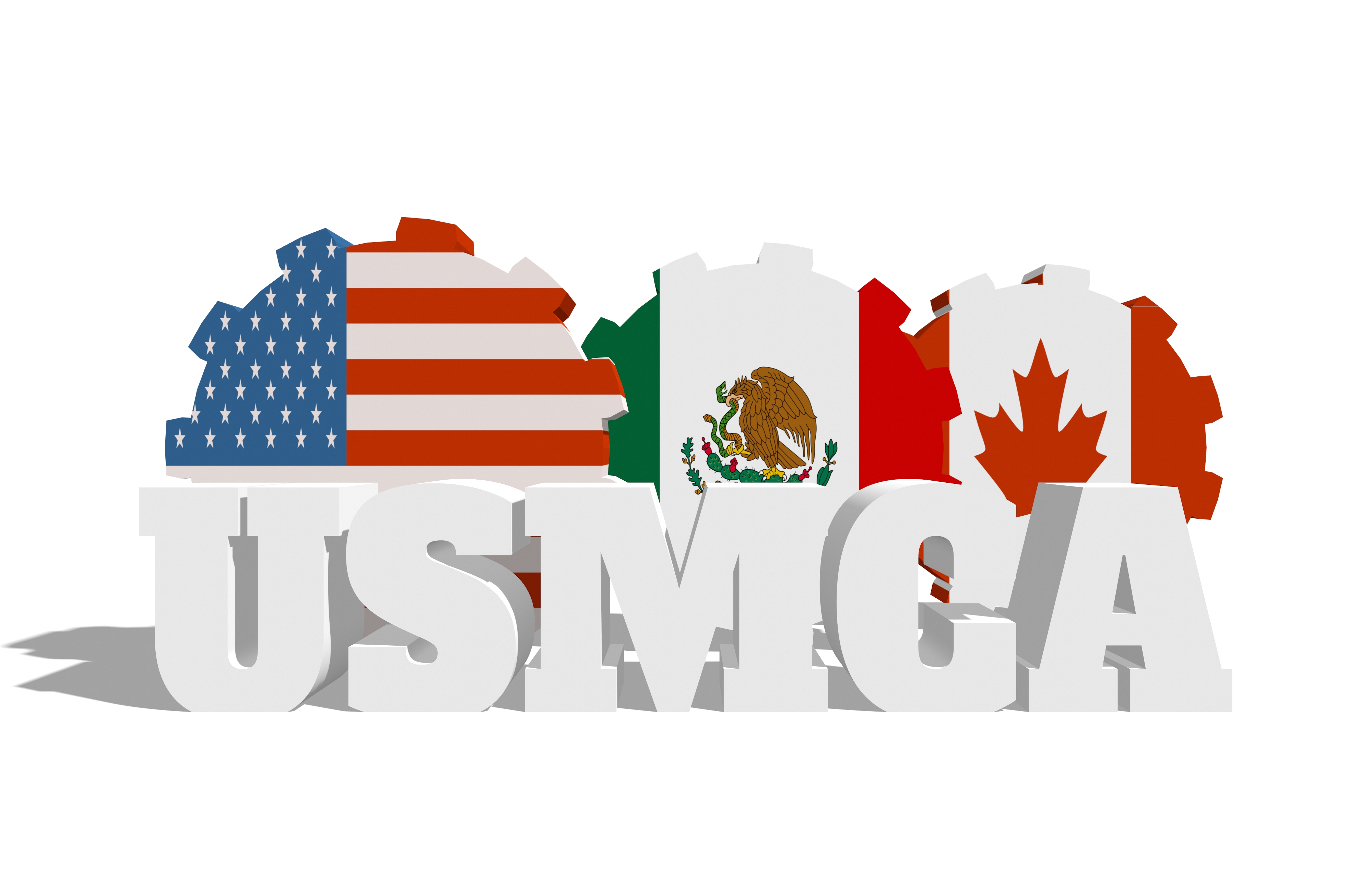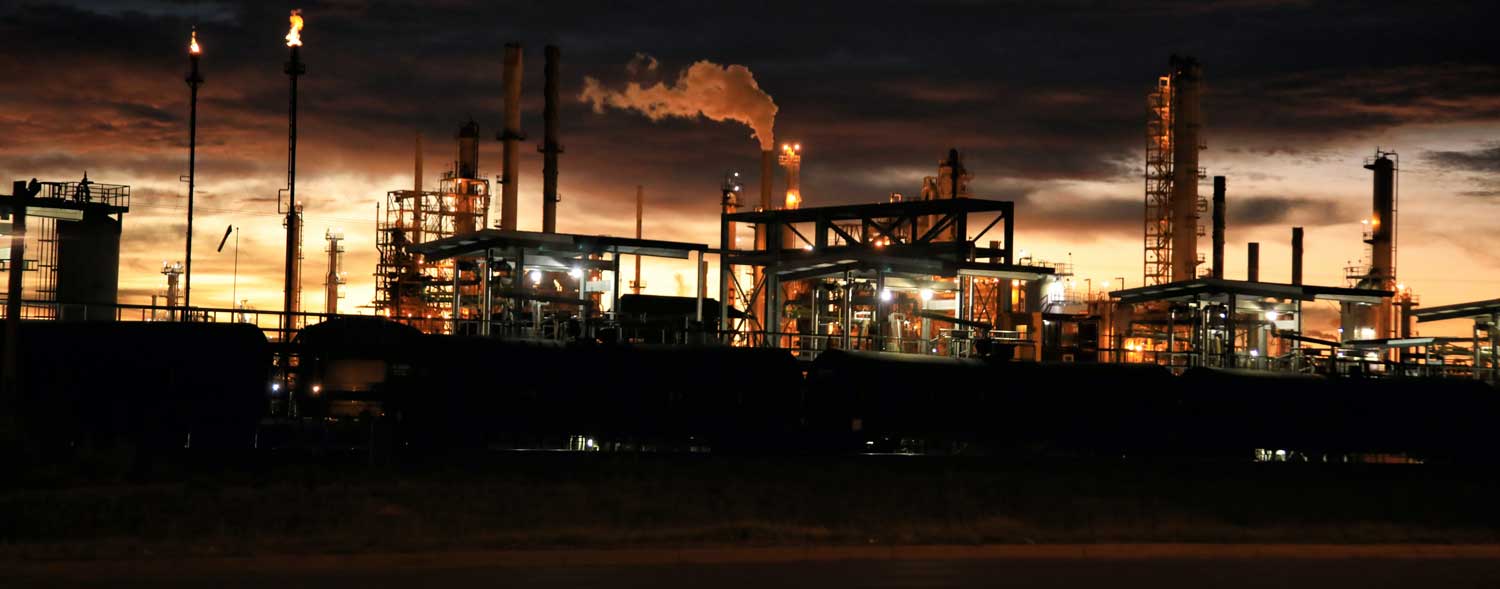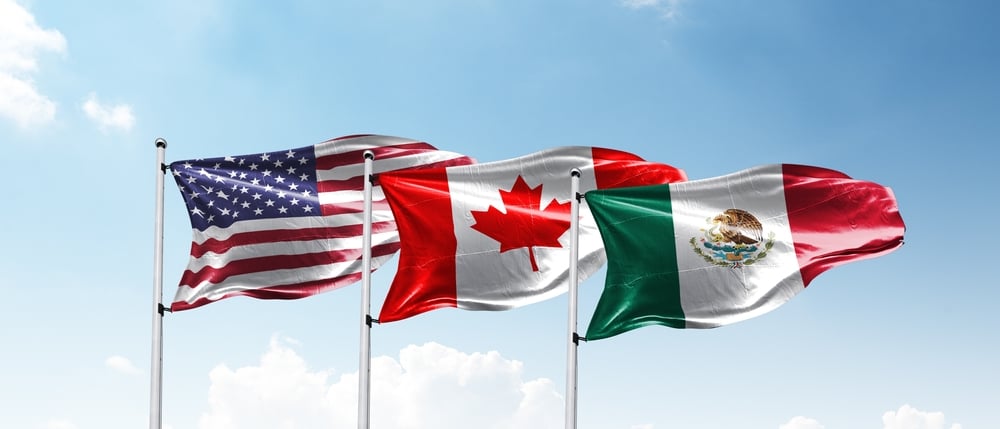Those who suffer from anxiety at the mere thought of sending raw materials or components abroad to do value-added or assembly can channel that nervous energy elsewhere. The bonded warehouse has emerged as one of the industry's solutions.
The bonded warehouse, 200 years in the making, is defined by the U.S. government as "a building or other secured area in which imported dutiable merchandise may be stored, manipulated, or undergo manufacturing operations without payment of duty for up to 5 years from the date of importation." The facilities are considered outside of the customs territory of the United States and duties are not paid until they enter U.S. customs territory, or upon arrival at their overseas final destination.
Authorization to operate bonded warehouses at any of 300 official ports of entry in the United States, Puerto Rico, and Virgin Islands, is derived from Title 19, United States Code (U.S.C.), section 1555. When goods enter the facilities, bonded warehouse proprietors incur liability for them under a warehouse bond. That liability is canceled when merchandise is exported, sent to sea or placed aboard an international flight; destroyed under CBP supervision; or withdrawn for consumption within the United States after payment of duty.
CBP classifies bonded warehouses into 11 categories. Among them:
-- Premises owned or leased by the Government, used for the storage of merchandise undergoing examination by CBP, under seizure, or pending final release from CBP custody.
-- Private warehouse used exclusively for the storage of merchandise belong to or consigned to the proprietor.
-- Public bonded warehouse used exclusively for the storage of imported merchandise.
-- Bonded yards or sheds for the storage of heavy and bulky imported merchandise; stables, feeding pens, corrals, other similar buildings or limited enclosures for the storage of imported animals; and tanks for storage of imported liquid merchandise in bulk.
-- Bonded bins or parts of buildings or elevators to be used for the storage of grain.
-- Bonded warehouses established for the manufacture in bond, solely for exportation, of articles made in whole or in part of imported materials or of materials subject to internal revenue tax; and for the manufacture for domestic consumption or exportation of cigars made in whole of tobacco imported from one country.
Review the full list of bonded warehouse categories.
Many people in the US have contact with bonded warehouses but do not realize it. Those warehouses are the duty-free stores along borders and in international airport departure terminals.
That is, the duty-free store may have its physical location in the United States, either in the airport or along a Canadian or Mexican border, but these outlets are merely showcases. A sale may be taking place in the United States, but delivery of goods does not take place until the consumer is abroad. (In the case of duty-free stores, CBP limits the quantity and frequency of duty-free entries on return. Americans entering the US, for example, are limited to a quart of liquor every 30 days for example.)
International trade has not always been this easy.
The bonded warehouse has its origins in 18th Century England when payment of duties on imported goods had to be made at the time of importation or, later, with a security for future payment to tax authorities. This was an awkward scenario, however, because cash was not always on hand; large capital was required for the importation heavily taxed articles; and it was not always possible for the importer to find sureties, In 1733, Sir Robert Walpole devised a method to overcome these difficulties, proposing an "excise scheme" for approved warehouses receiving tobacco and wine. The policy was implemented until 1803.
Some 50 years later, the Customs Consolidation Act 1853 eliminated many bond procedures. A succession of three revenue bills --- the Customs Consolidation Act of 1876, the Customs and Inland Revenue Act 1880 and the Revenue Act 1883 -- set up revenue collecting processes and the legal infrastructure for what were called "king's warehouses." These facilities were defined as "any place provided by the crown or approved by the commissioners of customs, for the deposit of goods for security thereof, and the duties due thereon." A new legal paradigm included rules for the unloading, landing, examining, storing, determining custody of goods -- and fines for breaching.
The underpinnings of the bonded warehouse are, in and of themselves, a crash-course in the history of trade. What is important today is that the company interested in manufacturing in Mexico know just how simple this once-complex process has become.
There are many bonded warehouses that now provide this conduit to trade in Mexico. The Offshore Group's 3PL service provider, International Logistic Solutions (ILS), offers bonded warehouse service at its Tucson, Arizona transportation hub.
The use of ILS' bonded warehouse will enable importers and exporters to benefit from:
• reduced exposure to import duties;
• improved overall processing and transit time;
• greater supply chain visibility and security;
• on-site presence of licensed U.S. customs brokers
Subscribe
Sign up and stay informed with tips, updates, and best practices for manufacturing in Mexico.





